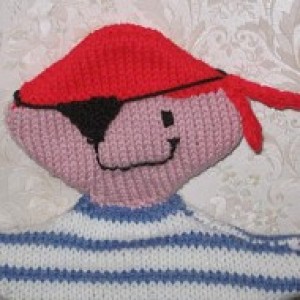Pre-school educational joy
... or choking hazard?
When I was little I loved playing with the contents of my mother's button box. (Well, tin, actually - I might blip that another rainy day.) I inherited it four years ago when she died, and I have my own tinful, too, collected over the past 40+ years. Today, I spent much of the morning happily playing with it again. There's something addictively satisfying about sorting. It's the perfect activity for pre-school children, which will help their education and progress through their early years at school in countless ways.
IF YOU HAVE PRE-SCHOOL-AGE CHILDREN OR GRANDCHILDREN READ ON (if not, please save yourself the trouble)
Consider how many ways a pile of buttons can be sorted: by colour (and shades within a colour group), size, material, shape, texture, age, quantity and, even, purpose - coat button? cardigan button? shirt button? decorative button?
Sorting in itself develops a child's fine motor control - picking out one tiny button with finger and thumb, turning it to look at both sides: helpful when s/he has to control a pencil and learn to write. Also, it develops the child's fine observation and discrimination skills: helpful when learning to recognise letters and letter patterns as s/he learns to read.
On top of that, the activity helps a child discover many mathematical concepts and their accompanying vocabulary - number, comparative words - more, fewer, unique, bigger, smaller, etc., shape - my sorting today threw up octagons, squares and circles, and even semi-spheres. Sorting introduces decision-making dilemmas, encouraging analytical thought processes and leading to set-theory. One button could fit in the 'flower' set AND the 'yellow' set - which does it go in? Draw two overlapping circles (or make circles from tied string) and show how it can belong to two groups at the same time.
Then, post-sorting discussion of the button groups leads to developing a child's vocabulary - particularly extending his or her use and understanding of adjectives (and, often, opposites): shiny, matte, concave, convex, pearly, swirly, smooth, ridged, carved, embossed, decorated, iridescent, and so on. All these skills will help children to participate fully and learn quickly when they start school.
Bonus point: it's fun on a rainy day!
If you have a young child and no button box, it doesn't take long to 'grow' one. Choose a sturdy box or tin. Next, do what we post-war-shortages generation were taught to do: when you throw out any item of clothing that has no further use, cut off the buttons before you chuck it. When you buy a new item that comes with a spare button, add that spare to your box.
Health and Safety Warning:
Children should not be left unsupervised with a tin of buttons as it may contain small items that could be a choking hazard and might even contain nuts.

Comments
Sign in or get an account to comment.


